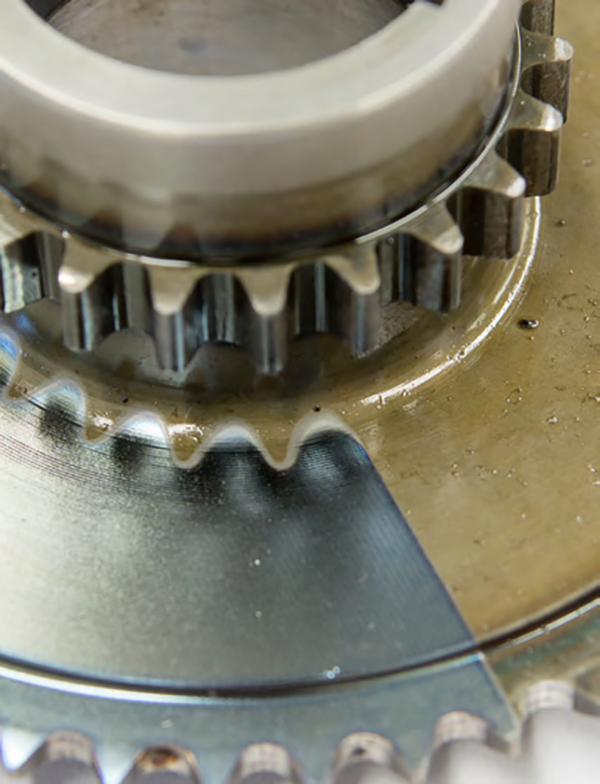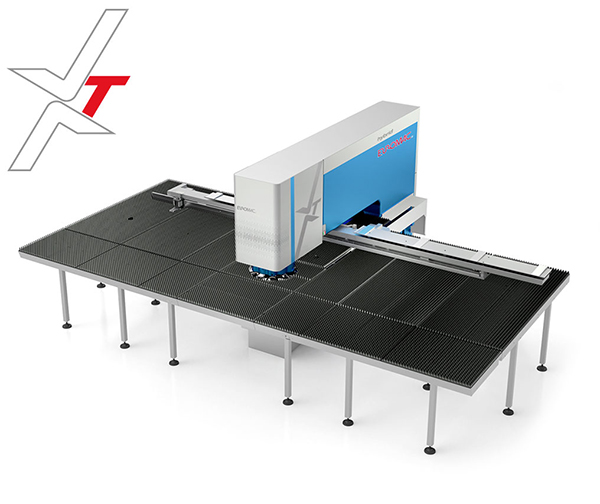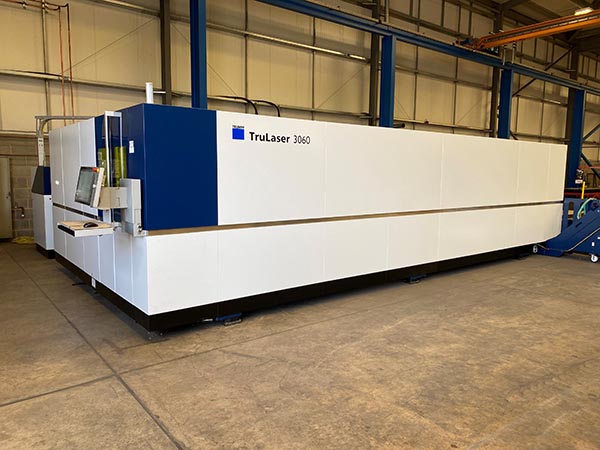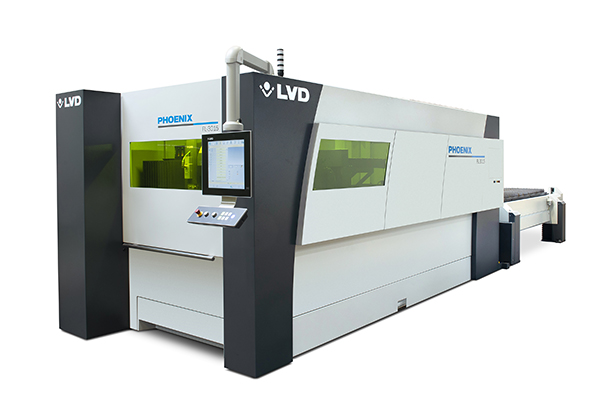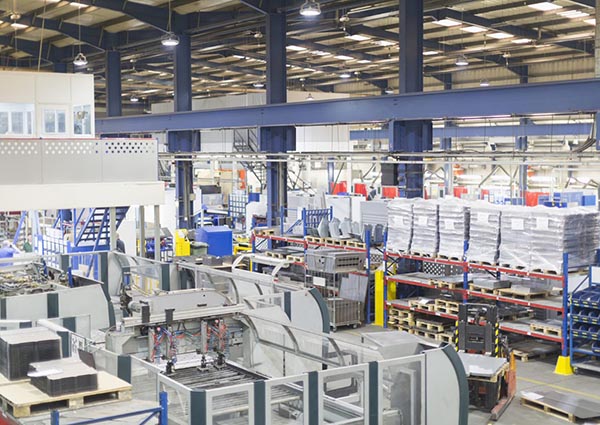
The traditional methods used to remove rust, debris or other surface contamination from components typically involve either physical contact with the part through brushing, scraping, polishing and shot blasting or, alternatively, through the use of dry ice or chemical substances. All of these approaches have their own drawbacks as they are either abrasive, which can potentially damage the base material, or in the case of chemicals, somewhat aggressive.
Laser cleaning, however, offers a highly efficient, contact- and consumable-free alternative that is gaining popularity across a range of applications and market sectors. TLM Laser offers a number of laser cleaning systems as UK and Ireland distributor for 4Jet Technologies.
Recently launched, and now complementing the current 200 and 500 W variants, is the new M100 handheld unit. Based upon a fibre-coupled, maintenance-free, solid-state, near-infrared laser at 1064 nm wavelength, this compact system delivers 100 W of laser power. Weighing in at less than 5 kg, the handheld unit is ergonomic in design and optimised for manual use.
Potential applications for this technology include the cleaning of moulds, tools and fixtures, as well as paint and coating removal operations, and the pre-treatment of surfaces prior to welding, gluing or other coating applications.
Connected to the portable supply unit by a 5 m cable, it is possible to manipulate the manual unit easily using the two-handle configuration. Focal lengths range between 160 and 420 mm, depending upon lenses, while the 2D integral laser scanning head delivers a 100 x 100 mm scan-field.
For further information
www.tlm-laser.com






